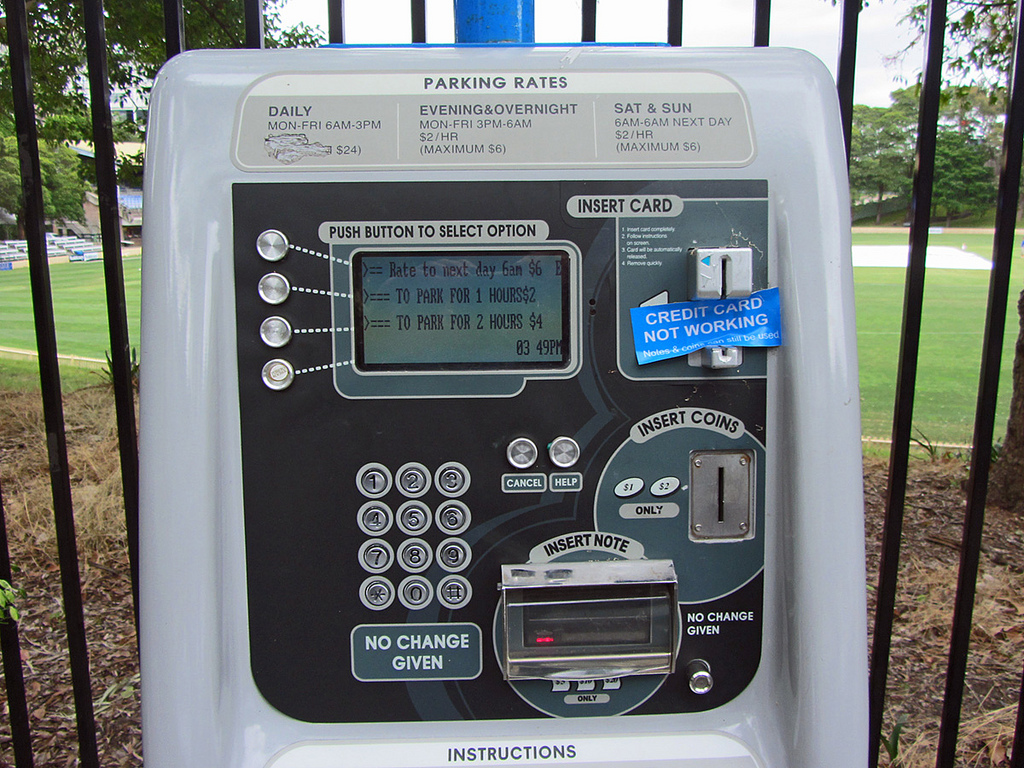
Rubbish bins that tell you when they’re full, car parking spots that alert motorists when they’ve become free and streetlights that automatically dim when nobody is around . . .
It might sound like a fantasy vision of a utopian future, but for many councils it’s increasingly becoming a digital day-to-day reality as local government harnesses smart technology to iron out the kinks and clear bottlenecks that frustrate modern living.
After almost a decade of being pushed by the technology industry as the cut-through solution to harmonize urban living, strong signs are finally emerging that technological innovations that were once brochure-ware are now fast proliferating through small but significant breakthroughs as machine-to-machine (M2M) communications become mainstream.
Telstra Manager of M2M Integrated Solutions Jon Goudge spoke to Government News about exciting new developments that councils are increasingly trialling to cut their carbon emissions, save money and convey rich data to a central point, for example, about the way people use public spaces.
“Smart lighting is a great example,” Mr Goudge said, citing the use of LED technology
to not only curtail electricity consumption but driving down costs by integrating wireless control to turn lights on and off as required.
“Movement sensors mean lights can be turned from 25 per cent to full brilliance so there’s no issue around public safety,” Mr Goudge said.
He added that smart technology could also revolutionise rubbish collection for public bins on municipal streets.
Sensors installed in public rubbish bins and connected to a wireless network can relay information about the level of rubbish in each bin. It means fewer rubbish collections, triggered only when bins are over a certain level.
Council workers using the smart bins technology can see a map showing an area’s main streets overlaid with the location of every public rubbish bin. The status of the bin changes from green to red when it is full and needs emptying.
Put simply, wireless bins have the potential to create fewer unnecessary truck runs and a quicker turnaround on removing rubbish when it piles up.
“A number of councils have trialled it (smart bin technology) in the last 12 months. It’s inexpensive technology and the rate of return on the investment is very quick,” Mr Goudge said.
However, he said it was probably not possible to translate this into residential rubbish collections, a still vital and complicated task that councils spend a great deal of time and money on.
Household bins could be connected using a cellular network but it would be costly and residents were unlikely to want to front such a cost themselves. Waste collection companies could also also be reticent to stump-up the money.
“It doesn’t really work at a consumer level as consumers will be aware that rubbish day is on a Wednesday (or whatever day) so they’ve planned around that. It works better where there’s no schedule around public rubbish collection in the main streets,” he said.
That same logic extends to heavily populated public spaces where overflowing bins can mean the difference between an enjoyable event or wading through squalor.
Environmental sensors are another exciting opportunity for councils which can deliver a great deal of useful information to a central point.
These sensors, often placed in street lights, can measure factors like noise levels – a real boon for councils who spend a lot of time dealing with residents’ noise complaints, for example, from a loud pub or club or during building works.
“All of that data is being brought back to a central dashboard hosted in the council environment,” Mr Goudge said.
The increasingly fraught issue of parking is also ripe to be wired-up to the digital age rather than relying on antiquated analogue, mechanical meters.
An enduring challenge for councils is providing adequate parking for motorists, regulating and policing parking spots and then enforcing rules through issuing unpopular infringements.
What’s being hailed as ‘smart parking’ offers to benefit drivers, residents, parking officers and councils alike.
Within smart parking solutions, sensors which are fitted into the road, can direct motorists to parking spots via devices by connecting information sourced from sensors to their smart phones or tablets, helping to reduce the frustration of repeatedly driving around the block looking for a parking space.
The sensors can also show parking officers when a vehicle has arrived and give a signal when a car has overstayed. Another advantage is that motorists can settle parking fines on the spot – perhaps with a discount – by scanning the barcode on an infringement notice and paying at a kiosk with a credit card.
“It can mean less administration of infringements, greater efficiency in the use of parking bays, reduction in the frustration of motorists looking for a spot and retailers can bring customers closer to where their shop is,” Mr Goudge said.
With all the buzz around smart bins, smart lighting and smart parking it’s no wonder councils are getting on board to refine their core business and start cutting costs and reducing their carbon footprints.
A recent Municipal Association of Victoria conference generated much interest around smart technology from councils.
“When they learn of the advantages of this technology they very quickly become interested in how to engage with it, how to start off different programs and how to take the next step,” Mr Goudge said.





Leave a Reply